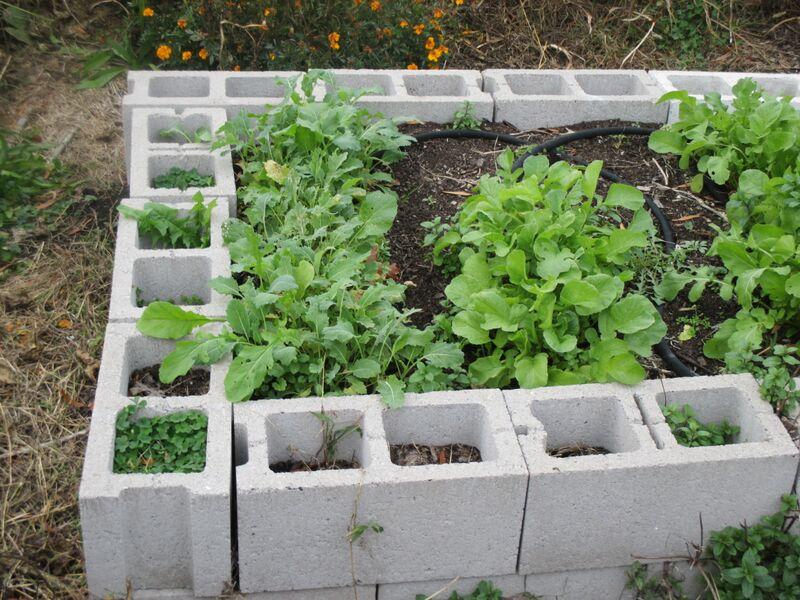Sustainability Efforts Reach School Community
November 16, 2015
What do you think of when you think of sustainability? If you’re like most people, you picture planting trees and solar panels. While these are aspects of sustainability, they aren’t the only ones of which we should be aware.
Sustainability is a very broad term, with more meanings than just turning off the faucet when you brush your teeth. It applies to everything from the things we teach in schools to the way we design our buildings. Although sustainability may seem like an abstract concept at first, there’s a lot we can all do to improve sustainability in our communities.
Cherry Hill High School West received a grant of $4,000 from the Department of Health to build a raised-bed garden in the A-Wing courtyard. If you don’t know what a raised-bed garden is, just look outside H wing, where the school’s first garden was built.
In recent years, many adjustments have been made to improve our school’s environmental impact. If you’ve ever stayed after school for a sport or club, you may have noticed that the lights are turned off in certain hallways. This is because the district implemented lights with occupancy sensors, which turn the lights off automatically if the hallway has been empty for a specific amount of time. In addition to this, last year the school created a natural wildflower meadow to decrease the amount of mowing needed and to improve biodiversity in our area.
Most of the changes, however, are implemented on a level that we, as students, believe we have little control over. Although there are some things that are up to the district and administration to decide, that isn’t to say we have no input whatsoever.
Sustainability is greater than just saving energy and planting gardens. Kevin Frost, West computer graphics teacher and advisor for the environmental club, explains that sustainability can be thought about in four major ways: performance, ecological, experiential, and cultural. The first things that someone thinks about when you mention sustainability is usually performance, as in the amount of energy a building uses, or ecological, which has to do with the effect something has on its environment. While these are integral parts of sustainability, experiential and cultural sustainability are just as important.
Experiential sustainability deals with the aesthetic value of something, or the way that it looks. We don’t just want to make our school function well, we also want it to be an enjoyable experience for everyone in it. Cultural sustainability, meanwhile, affects the way that we act and think in general. It involves incorporating sustainability into our thinking, and reflecting those values in our daily lives. This can take the form of more education on sustainability in our schools.
When it comes to incorporating sustainability education into our schools, not everyone is eager to add this to the curriculum. Facing the Future, an organization that promotes sustainability in the classroom, stated that the objection they receive most often is that there is no space in the current curriculum for new lessons, however sustainability is something that can be incorporated into many different subjects and areas of learning, making sustainability education as simple as adding it to the existing lessons.
In a recent conversation with Mr. Frost, I posed the question of whether students should be more concerned with the issue of school sustainability: “Yes, absolutely,” he responded, “sustainability shouldn’t be something that is studied, but something that is integrated into all learning.”
Next time someone brings up the topic of sustainability, don’t just tune it out. Sustainability is something we should all be aware of, and who knows? You might be the one to make a difference.

